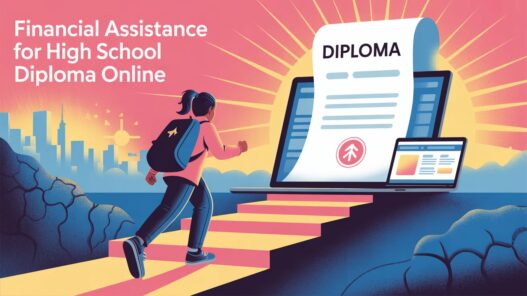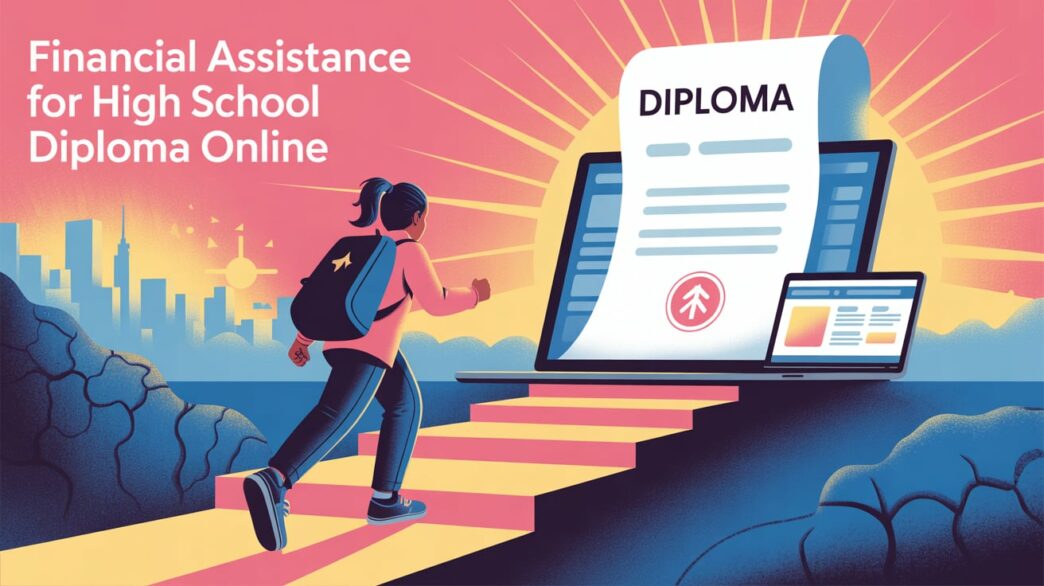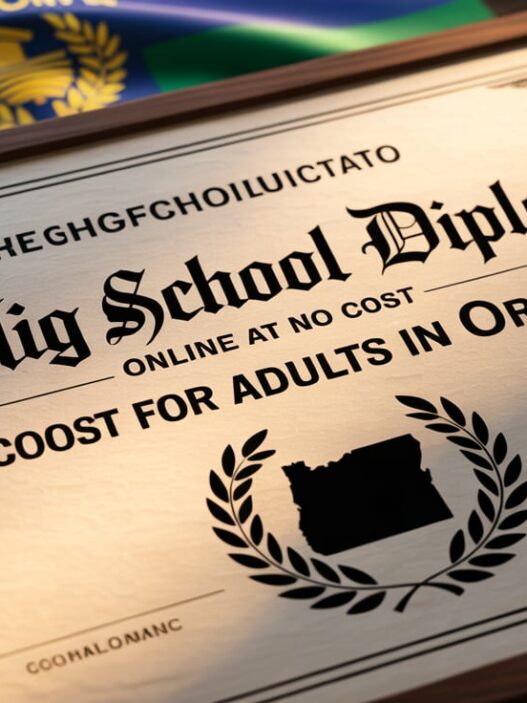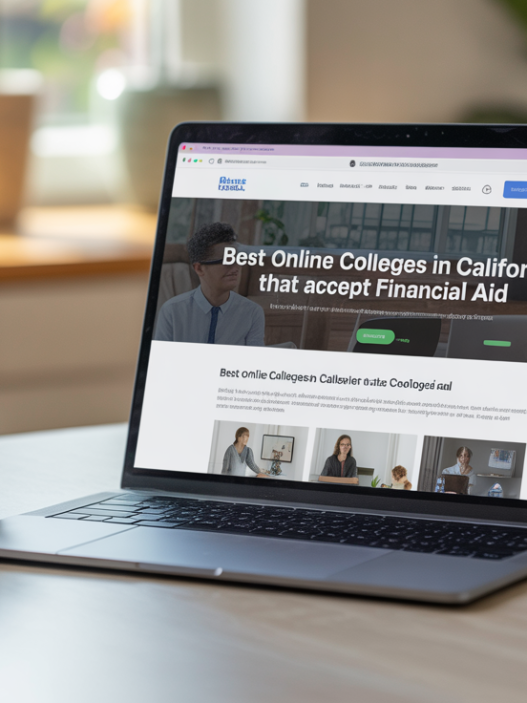Are you searching for FinancialAssistance for High School Diploma Online in 2025? You’re in the right place—this guide uncovers the best grants, scholarships, and free programs to help you earn your diploma without the heavy cost.
Click Here To find the Latest Financial Assistance For High School Diploma Online











